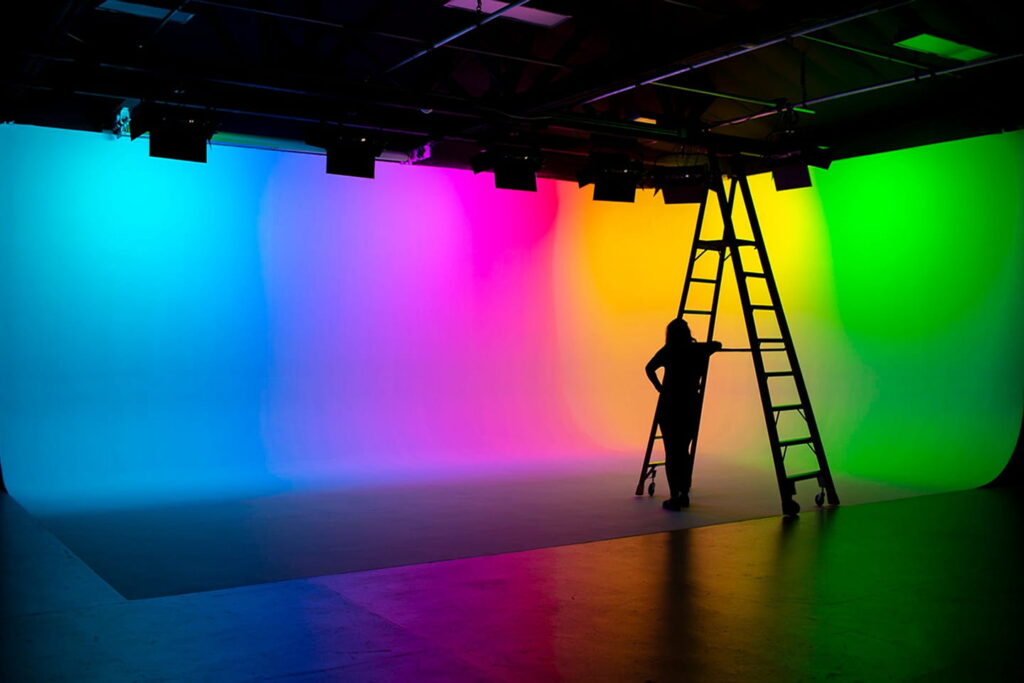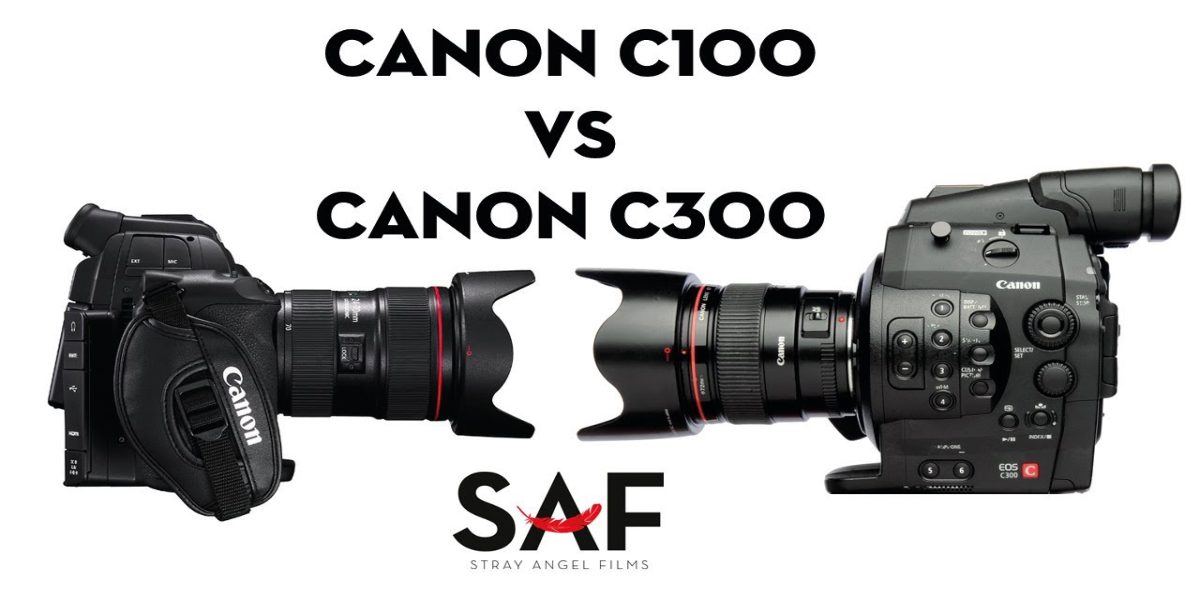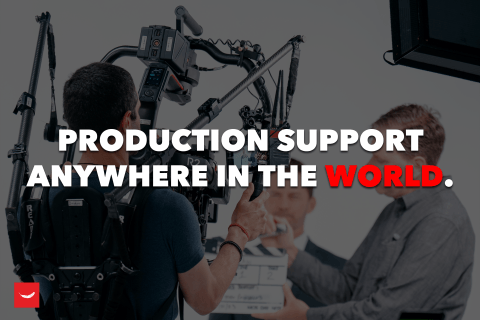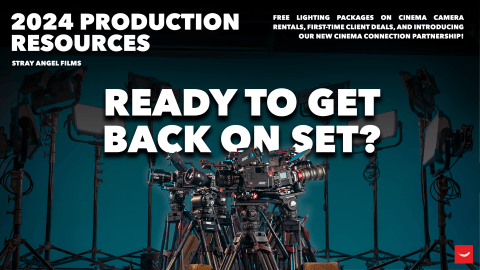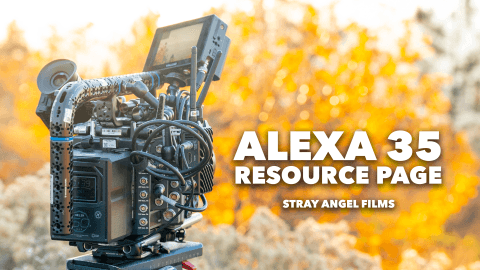Canon clearly did something right with this camera, and in the same “C” line, the company has just released the C100. We offer both options to our clients, who often wonder which camera would be the better choice. Of course, it ultimately depends on the project, but we wanted to give everyone a quick overview of the main differences between the two cams.
The biggest difference is that the C300 can record at 50 Mbps 4:2:2 XF codec, whereas the C100’s highest recording capability is 24 Mbps at 4:2:0 AVCHD codec. Obviously the C300 is going to record more image information with less compression, but you can cut the cameras together without much of a problem. Because of this, a lot of people are using the C100 as a “B” cam with their C300. You can also use an external recorder with the C100 such as the Atmos Ninja or KiPro and record a clean 4:2:2 image via the HDMI port, making it pretty close to the image quality of the 300.
Another difference is the placement of the LCD screen. On the C300 the LCD is located on top of the handle, and on the C100 it flips out from right about where the battery is located on the back. While one is necessarily an advantage over the other, it primarily comes down to shooter preference. The body of the C100 is also about 15% smaller than the C100.
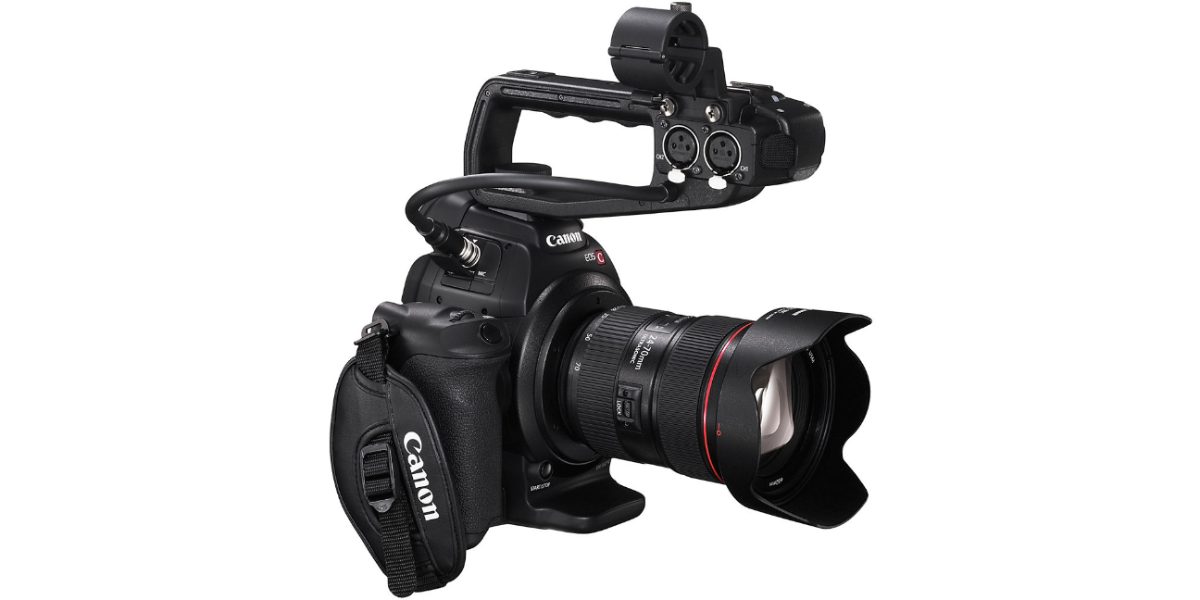
As far as audio goes, both cameras have two XLR inputs. The C300’s XLRs are located on the LCD, and the C100’s are integrated into the top handle. You can control levels on both. The C100 actually has an onboard mic, and though you probably don’t want to use it for dialogue, it is always nice to have a scratch mic when editing.
One thing the C100 doesn’t have is a good option for slow-motion. It can only shoot 60fps at 60i, so if you’re going to be doing slow-motion, this camera is probably not the best option.
Surprisingly, the C100 actually does have a couple of things the C300 doesn’t have that can come in handy. It has both a one-shot autofocus button and a push auto iris. While shooters will generally want to use the camera full manual, there are some documentary situations where it can in handy.
Overall, both Canon cameras are an excellent choice and can hold their own in a variety of situations.
For more information on how to rent the latest Canon Cinema Cameras, email [email protected], give us a call or stop in for a demo. We’d love to see you!
We cover some of the primary differences between the C100 and the C300 in this video!
